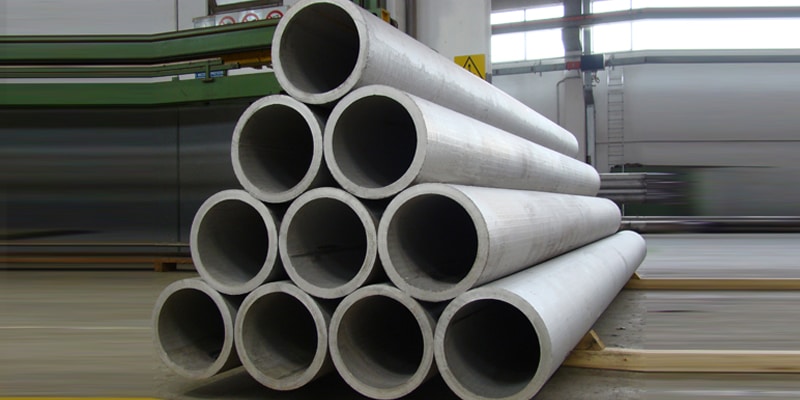Stainless steel tubes are used in various applications, including construction, automotive, and aerospace industries. Among the types of stainless steel tubes available, AISI 321 is one of the most popular. This type of stainless steel is known for its excellent corrosion resistance and high-temperature strength. In this blog post, we’ll delve into the properties, benefits, and applications of AISI 321 stainless steel tubes.
Properties of AISI 321 Stainless Steel Tube
AISI 321 stainless steel tube is a type of austenitic stainless steel that contains titanium as a stabilizing element. Titanium prevents the formation of chromium carbide, thereby maintaining the corrosion resistance of the steel. This type of stainless steel also contains nickel, which makes it more resistant to high temperatures than other types of stainless steel. AISI 321 stainless steel tube is also non-magnetic and has excellent weldability.
Benefits of AISI 321 Stainless Steel Tube
One of the main benefits of the AISI 321 stainless steel tube is its excellent corrosion resistance in high-temperature environments. Another benefit of this type of stainless steel tube is its high-temperature strength. AISI 321 can withstand temperatures up to 870°C (1600°F) without losing mechanical properties.
AISI 321 ss tube is used in various applications, including exhaust systems, heat exchangers, and furnace components. It is also used in aircraft parts, as it can withstand the high temperatures and corrosive environments in jet engines. Other applications of AISI 321 stainless steel tube include pharmaceutical and food processing equipment, where the material’s corrosion resistance is important.
Fabrication of AISI 321 Stainless Steel Tube
AISI 321 stainless steel tube can be fabricated using standard techniques such as welding, bending, and machining. However, care must be taken when welding this type of stainless steel, as it is prone to sensitization. Sensitization occurs when the steel is heated to high temperatures, causing chromium carbides to form at the grain boundaries, which can reduce the corrosion resistance of the material.
Maintenance of AISI 321 Stainless Steel Tube
Maintaining the AISI 321 stainless steel tube is relatively easy, as it is resistant to most types of corrosion. However, it is important to avoid exposure to high-chloride environments, as this can cause pitting corrosion. To avoid pitting corrosion, maintain the stainless steel tube by regularly cleaning it with a non-abrasive cleaner and ensuring it remains dry.
Conclusion:
AISI 321 stainless steel tube is an excellent choice for high-temperature and corrosive environments. Its excellent corrosion resistance, high-temperature strength, and non-magnetic properties make it ideal for various applications, from chemical processing plants to aircraft parts. Care must be taken when welding AISI 321 stainless steel tube, as it is prone to sensitization, but with proper maintenance, this type of stainless steel tube can last for many years.


